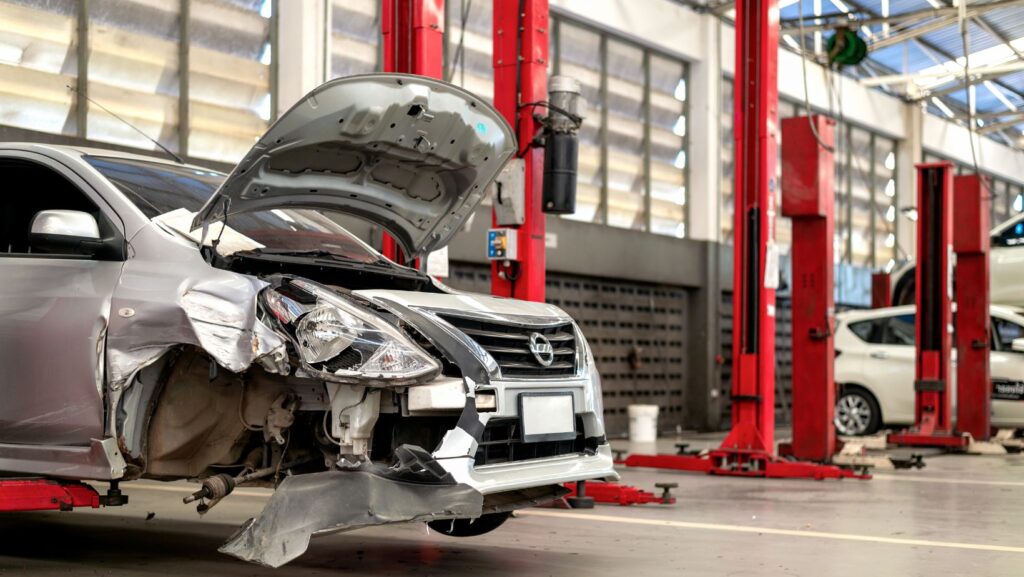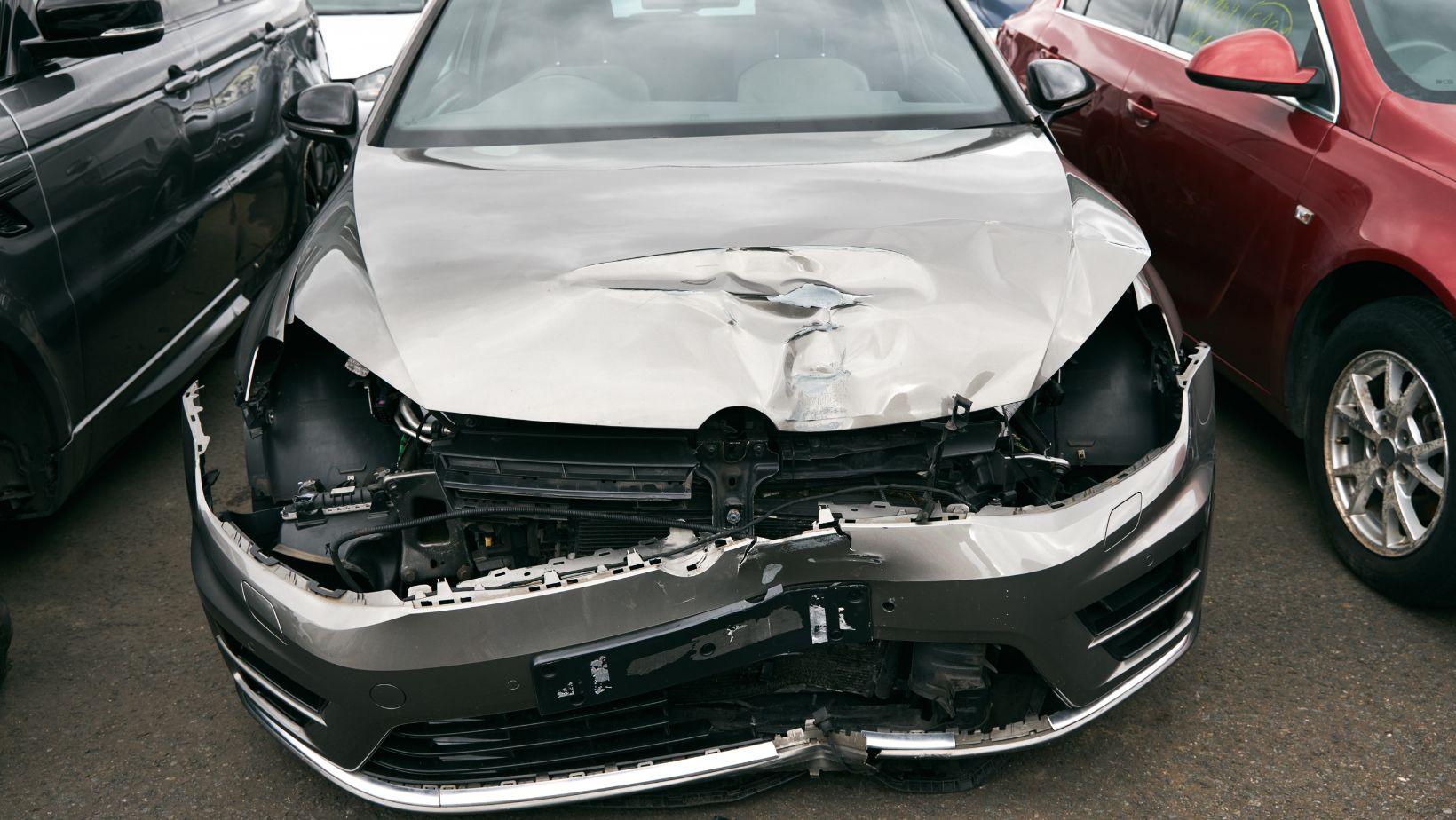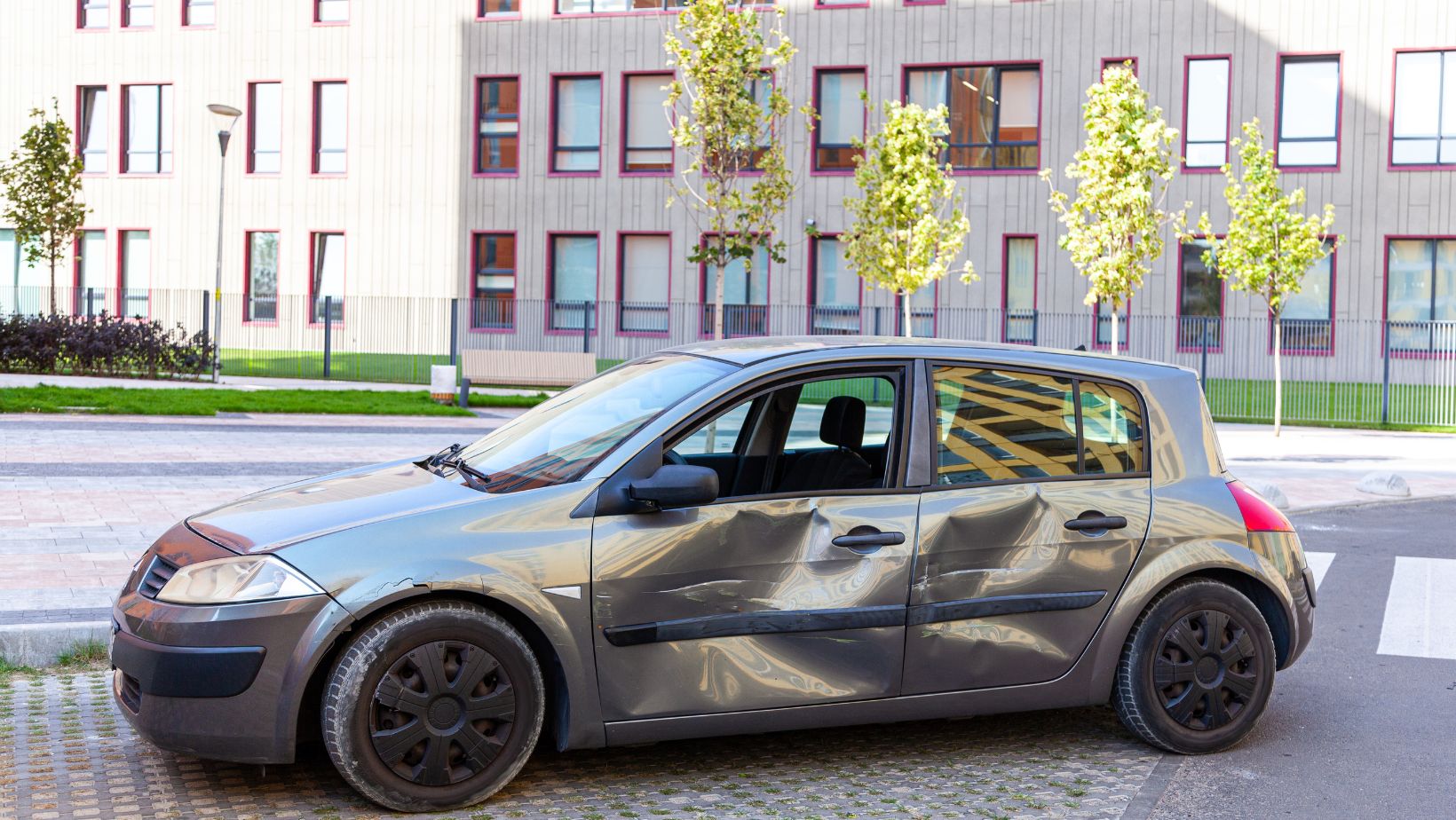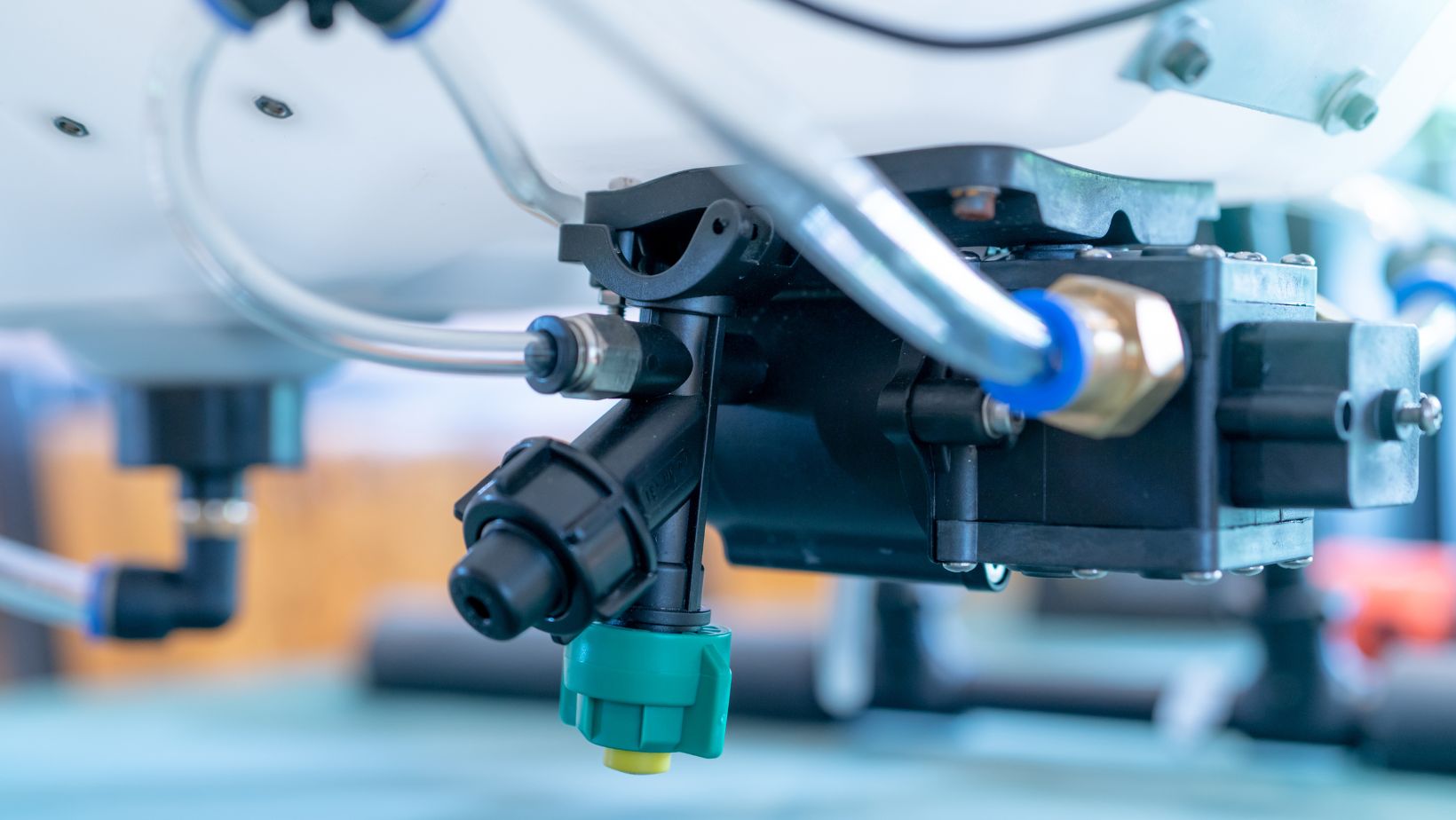
Seeing a Ferrari or McLaren listed at the price of a family sedan almost feels like a prank – until you read the fine print and spot the words wrecked supercars for sale. These machines left a trail of carbon fiber shards and air-bag dust before reaching an auction yard, and every one now carries a branded title. Yet they also hide massive value, whether you plan to rebuild, extract a world-class drivetrain for a kit-car project, or part out rare components for profit. This guide explains how to judge, budget, and transport a wrecked exotic without ending up upside down in repair bills.
1. Pick Your End Goal First
A clear plan locks your bidding discipline and parts-buying decisions.
| End Goal | Best Damage Profile | Core Tools | Typical Payoff |
| Track-Day Special | Cosmetic scrapes, intact frame, running engine | Impact gun, torque wrench, plastic weld kit | Weekend toy that laps quicker than stock after bolt-ons |
| Street Rebuild | Front- or rear-corner hit, limited air-bag deployment | Torque wrench, scan tool, access to composite body shop | Road-legal exotic at ~60 % of retail |
| Drivetrain Donor | Heavy body crush, healthy powertrain | Engine hoist, stand, wiring diagrams | Supercar V-10 or V-8 for kit-car or restomod |
| Parts Reseller | Multiple panel hits, intact interior and electronics | Shelving, label system, online storefront | Recoup purchase cost selling seats, wheels, lights |
Knowing the finish line lets you say “no” when auction fever spikes.
2. Understand How Supercars Reach the Salvage Market
- Costly Materials – Carbon-fiber panels, aluminum crash structures, and proprietary headlights cost more than major mechanical repairs on mass-market cars.
- Limited Repair Networks – Only factory-approved shops can weld or bond certain structures, and their rates soar past $200 an hour.
- Quick Depreciation – A six-year-old supercar may have dropped 50 % in book value. A moderate collision can cross the total-loss threshold easily.
- Finicky Electronics – Dozens of control modules manage active aero and magneto-rheological dampers. A single fried ECU can add four figures to a repair quote.

That mix explains why you might see a 2016 Lamborghini Huracán with minor fender damage on a salvage listing.
3. Research Before You Bid
- Run the VIN check through free databases for prior auction history and open recalls.
- Price High-Risk Parts – headlights, bumpers, airbags, before setting a bid ceiling.
- Download the Workshop Manual so torque specs and wiring colors aren’t mysteries later.
- Scan Owner Forums for chronic issues: McLaren oil-cooler lines, Ferrari DCT sensors, Lamborghini clutch shims.
A half-hour of homework saves thousands in surprise parts orders.
4. Read Auction Photos Like a Composite-Shop Tech
- Weave Distortions – Carbon fiber should show straight patterns. Ripples suggest subsurface stress.
- Panel Gaps – Uneven door-to-fender spacing hints at subframe movement.
- Wheel Placement – A wheel tucked rearward signals bent suspension arms or fractured uprights.
- Interior Air-Bag Status – Deployed bags add cost; missing bags mean one more line item.
- Fluids on Pavement – A dark patch under the car may be coolant or oil—budget for lines, radiators, or pans.
If the car genuinely tempts you, pay for a third-party inspection. Compression numbers, cylinder borescope images, and under-tray photos cost a few hundred dollars.
5. Build a Real-World Budget
Hammer Price
- Auction and document fees
- Enclosed transport (most exotics ride too low for open trailers)
- Essential parts and labor
- 20 % contingency for hidden surprises
= Total Project Cost
Compare that number to prices of fully rebuilt examples on enthusiast classifieds. If you do not land at least 25% under market, walk away.
6. Source Parts Without Burning Cash
- Specialty Breakers – Yards that dismantle other salvage supercars often have matching panels and interiors.
- Motorsport Suppliers – Composite repair patches and quick-release bumpers beat OEM pricing for track builds.
- 3D Printing Services – Small trim clips and ducting brackets can be reproduced cheaply.
- Cross-Brand Interchange – Some Bosch sensors and Brembo calipers match across marques; verify part numbers.
Always keep e-receipts. Most DMVs ask for proof of legitimate sourcing during rebuilt inspections.
7. Transport It Correctly the First Time
- Low-Angle Ramps prevent splitter gouges.
- Soft Straps avoid crushing carbon under steel hooks.
- Wheel Dollies help move non-running chassis in tight yard aisles.
- Waterproof Wrap protects exposed electronics if glass is missing.
Schedule pickup inside the yard’s three-to-five-day free window; storage fees on high-value cars climb fast.
8. Navigate Rebuilt Titles and Insurance
- Photos – Show every damaged area before repairs and identical angles after completion.
- Receipts – Log airbags, lights, ECU modules, and frame pulls.
- Structural Proof – Alignment printout or 3-D frame measurement.
- Inspection – Many states require a theft-repair or safety check at a certified facility.
Insurance varies widely. Most carriers will provide liability; collision and comprehensive often demand an independent appraisal.
9. Five Red Flags That Should Stop Your Bid
- Salt-Water Submersion – Corrosion creeps under insulation and inside motor windings.
- Incomplete Keys or Immobilizers – Programming a new encrypted fob can cost $3 000+.
- Airbag System Missing Entirely – Dash cutouts with nothing inside lead to failed inspections.
- Multiple Prior Auction Appearances – Indicates flippers keep bouncing the same unsolved problem.
- Cracked Carbon-Fiber Tub – Factory jigs and adhesives are rarely accessible to private owners.
10. Case Snapshot: Engine-Donor Strategy
Listing: 2013 Audi R8 V10 with heavy roof crush, engine starts, 45,000 miles.
Winning bid: $26 000 (plus $1900 fees)
Transport: $1 400 enclosed, 1200 mi
Stripped for:
- Engine, transaxle, harness, ECUs sold to a kit-car builder – $24 000
- Carbon interior trims – $2500
- Brake calipers and rotors – $3200
- Remaining aluminum chassis parted as scrap – $700

Net position: $2400 ahead, with no plan to rebuild the shell. The buyer bankrolled a custom project and profited on parts alone.
Final Thoughts
Listings that read wrecked supercars for sale may look intimidating, but they unlock some of the biggest performance bargains on four wheels – if you combine sharp research with disciplined budgeting. Decide your goal up front, study auction photos like a repair estimator, price the critical parts, and walk away when red flags stack up. Do all that, and the next exotic roar you hear in your garage may come from a car you bought for the cost of a new economy sedan – proof that smart salvage shopping can make once-unreachable horsepower an attainable reality.









